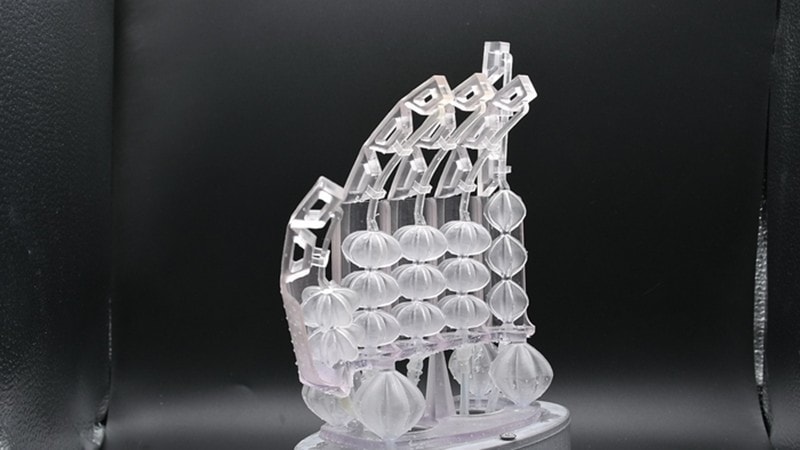With their strength determined by the material used and the thickness of the actuator membrane, the 3D Printed Pneumatic muscles were created by researchers from the Italian Institute of Technology (IIT) in Genoa and the Sant’Anna School of Advanced Studies (SSSA) in Pisa. Known as Grace (GeometRy based Actuators able to Contract and Elongate), the actuators can be combined to create structures such as a pneumatic hand, which was manufactured in a single printing process.
More from the News
“Each actuator can expand, extend and contract simply by means of its geometric shape, resembling a spindle with pleats,” a research announcement said. Complex architectures can provide different types of movement.
“Their size is limited purely by the manufacturing technology used,” said Corrado De Pascali from IIT and SSSA. “They can be built in different sizes, and we can vary their performance, both in terms of deformation and strength, and manufacture them using various materials and technology, even already built into the structures to be fabricated.”
For the pneumatic hand, the material used was a soft resin. The hand, which weighs about 100g and is roughly the size of a human hand, comprises of 18 Graces of different shapes and sizes. Air pressure of a few tenths of a bar can bend the fingers, twist the palm and rotate the wrist.
Pneumatic ‘muscles’ made of 3D-printed structures can support objects 1,000-times their own weight, according to their creators.
The actuators are designed so they can support over 1,000-times their weight depending on the material used, the researchers said. The forces generated and the pressures required can be increased or reduced by using materials with higher or lower rigidity, as well as by modifying the thickness of the membrane, while maintaining the same contraction and extension performance.
“Grace actuators have characteristics ideal for application in various robotic solutions, using simple techniques at very low costs. Their ease of manufacture also makes them replicable outside research laboratories, such as in the fab labs available to makers,” the announcement said.
Subscribe to AM Chronicle Newsletter to stay connected: https://bit.ly/3fBZ1mP
Follow us on LinkedIn: https://bit.ly/3IjhrFq
Visit for more interesting content on additive manufacturing: https://amchronicle.com/


